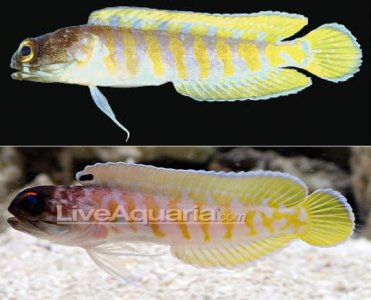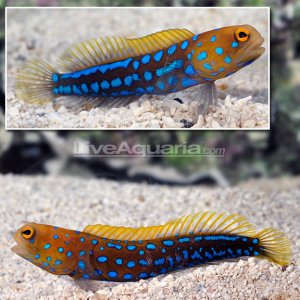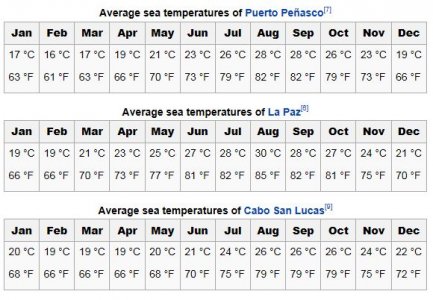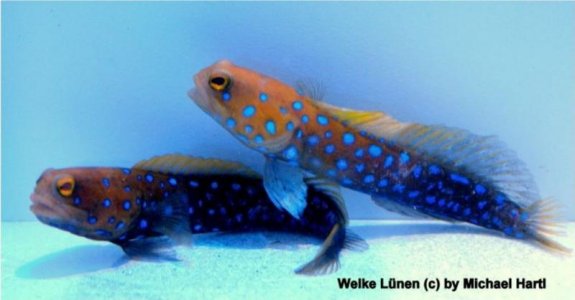ThRoewer
New member
That's how my pair Opistognathus randalli behaved. Most of the time you would just see their noses sticking out. Those guys where huge (in length and diameter) and capable of swallowing feeder shrimps the size of a fully grown skunk cleaner shrimp. I suppose they could eat small fish as well, which is one reason why I'm a bit hesitant to add a pair of these guys to my 100 gallon tank.
I had them with another pair of smaller jawfish (no sure which species, likely O. variabilis), a pair of marine bettas and a pair of anemonefish, either clarkii or sebae.
To feed them well I had to drop them frozen shrimps right into their moth via an acrylic tube.
I wonder how they would behave on their own...
BTW: with Opistognathus randalli (Gold-specs jawfish, aka Tiger jawfish) males and females can easily be distinguished: the females have a black spot in the front portion of their dorsal fin, males don't have this spot:

Top: male, bottom: female
I wish the Blue Spots were that easy to sex.
I had them with another pair of smaller jawfish (no sure which species, likely O. variabilis), a pair of marine bettas and a pair of anemonefish, either clarkii or sebae.
To feed them well I had to drop them frozen shrimps right into their moth via an acrylic tube.
I wonder how they would behave on their own...
BTW: with Opistognathus randalli (Gold-specs jawfish, aka Tiger jawfish) males and females can easily be distinguished: the females have a black spot in the front portion of their dorsal fin, males don't have this spot:
Top: male, bottom: female
I wish the Blue Spots were that easy to sex.




